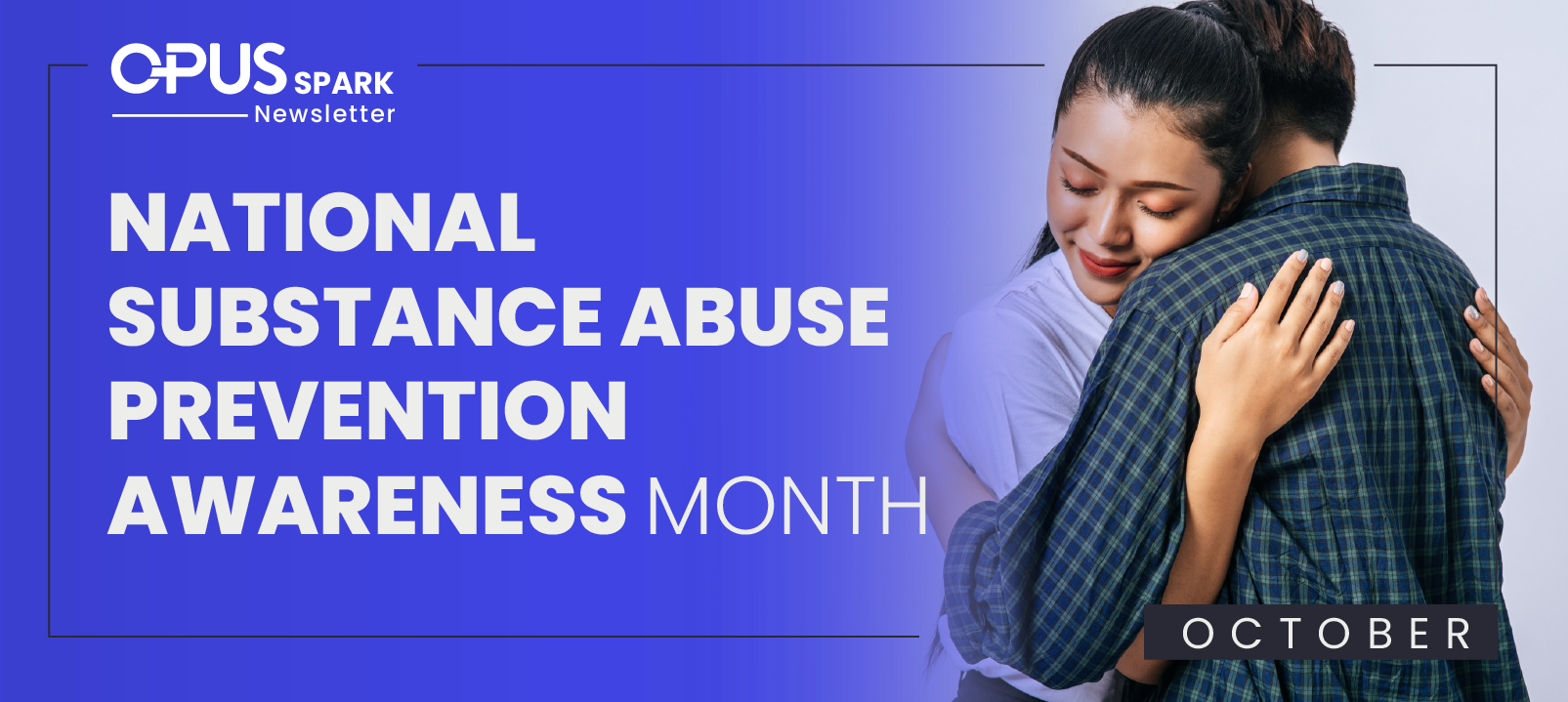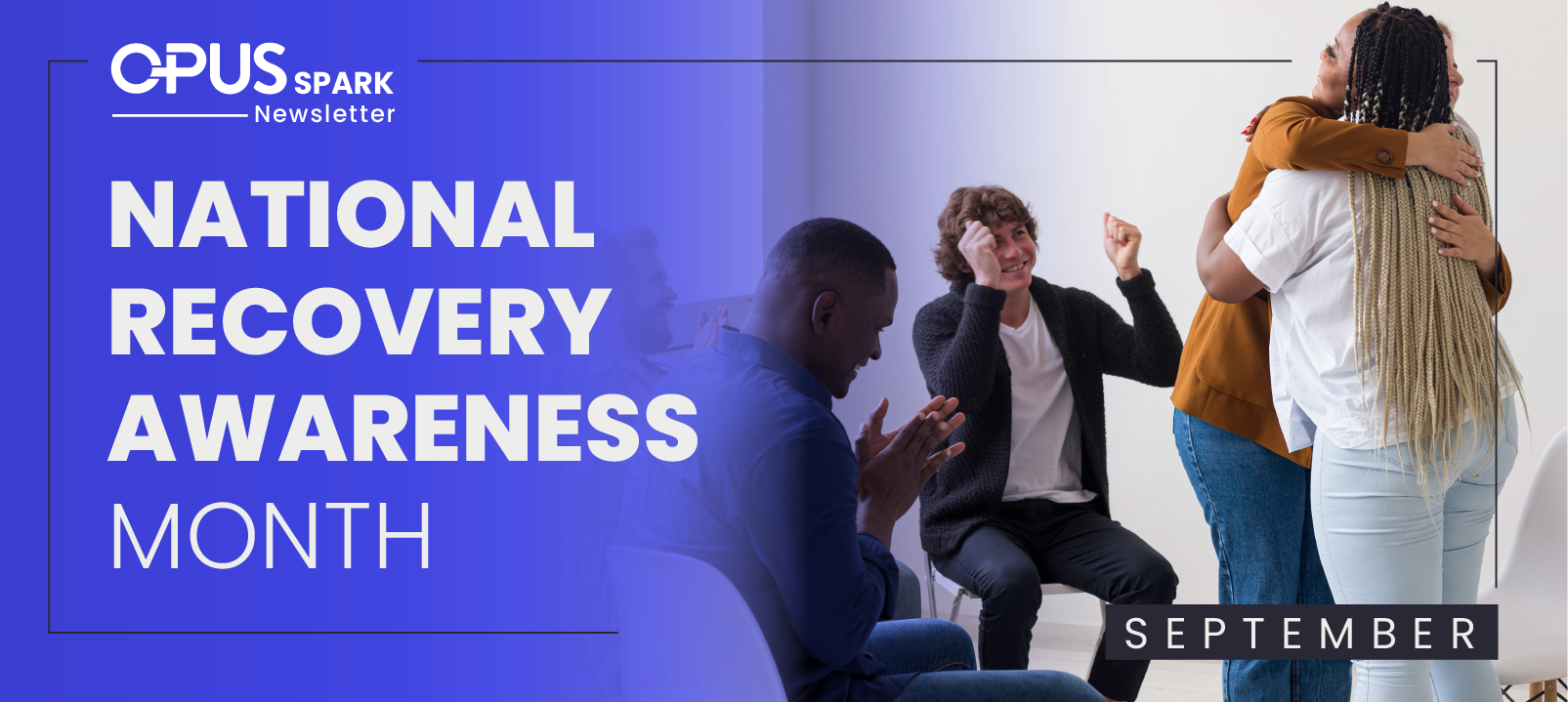What is Group Therapy? Definitions and Theories
At the most basic level, group therapy is:
“a form of psychotherapy that involves one or more therapists working with several people at the same time .”
It is usually a complement to individual therapy and sometimes medication as well, although it may be used as a stand-alone treatment for certain issues or problems.
According to one of the most renowned group therapists, Dr. Irvin D. Yalom, there are 11 key principles of group therapy:
1. Instilling hopeSince group therapy often includes clients at different stages in their treatment, some of the newer clients can find encouragement from seeing the positive impacts on clients further along in their treatment.
2. UniversalityJust being part of a group of people who understand what you are going through and have experienced similar problems will help clients see that they are not alone, and that suffering is universal.
3. Imparting informationGroup members can be a great resource for information.
4. AltruismGroup therapy gives members a chance to practice altruism by helping others in the group, an experience that will likely help them as well.
5. The corrective recapitulation of the primary family group
This wordy principle refers to the process of clients learning and exploring their childhood experiences, personalities, behaviors and feelings, and learning how to identify and avoid destructive or non-helpful behaviors.
6. Development of socialization techniques
The simple experience of working in a group provides excellent opportunities to socialize, practice new behaviors, and experiment in a safe environment.
7. Imitative behaviorClients can observe and imitate or model positive and helpful behaviors toward others in the group, including the therapist.
8. Interpersonal learningInteracting with the therapist and other group members and receiving feedback can help a client learn more about themselves.
9. Group cohesivenessGroup therapy sessions can facilitate a shared sense of belonging and acceptance of one another.
10. CatharsisThis principle is based on the healing powers of sharing with others; talking through your feelings and experiences in a group can help relieve pain, guilt, and stress.
11. Existential factorsAlthough group therapy offers guidance and support through the group, it also helps clients realize that they are responsible for their own actions and the consequences that follow.
This set of principles makes it clear that there are many advantages to working with a group rather than individually. While so many of these principles may apply to individual therapy, most of them require a group setting.
The general tone and direction of the group therapy session will vary depending on the type of group. There are many different kinds of groups with different areas of focus, but they generally fall into one of two categories:
1) Psychoeducational – These groups are intended to provide members with the information they need to address or cope with whatever it is that brought them to the group; they are usually structured with specific topics or modules to cover.
2) Process-Oriented – These groups are more focused on experience, sharing with one another, and making connections; discussion among the members dominates this group rather than a set agenda (GoodTherapy, 2013).
Groups can be further broken down by discussion topics and the structure of the group itself. Some of the most common therapy groups include:
- Self-Help Groups – These are generally led by someone who is not a professional group facilitator, but has struggled with or successfully overcome or addressed a problem, and wishes to help others through the process.
- Medication Groups – The focus of these groups is on compliance with prescribed medication; the intent is to educate clients about their medication, ensure compliance with the doctor’s instruction and decrease their sense of isolation.
- Interpersonal Therapy Groups – This type of group is intended to dive deeper into the clients’ current relationships to understand current problems; the focus of these groups is on the present rather than the past.
- Encounter Groups – These groups aim to immerse members in potentially uncomfortable and intense group situations in the hopes of provoking greater change than a typical therapy group.
- Psychodrama – This unique type of group therapy is based on members acting out significant portions of their life. These dramatic reenactments can provoke strong emotions, which are discussed after each “scene” (Counselling Connection, 2010).
The number of participants in a group therapy session also depends on the type of group but can range from only three or four people to twelve or more (although more than twelve participants may not be as effective).
There are two kinds of group therapy sessions
1) Open groups: new participants are welcome to join the sessions at any time; for example, Alcoholics Anonymous is an open session that invites new members to join in any session.
2) Closed groups: the therapy sessions are closed to a core group of participants; new participants may only be welcomed when a new group is formed (Cherry, 2017).
In terms of what will actually happen in a group therapy session, sessions can vary based on the topic, participants, and treatment progress, but these are some of the common features:
- The participants will meet in a room with chairs formed into a large circle.
- The session may begin with group members introducing themselves and explaining why they are in therapy.
- In subsequent sessions (in closed groups) or in every session (in open groups), members may also share their progress and any updates since the previous group meeting.
The flow of the session will depend on the same factors described above, but will likely follow one of these general paths:
1) Free-form: each participant will engage with the group as much or as little as s/he wants, and participants are the main drivers of the discussion with facilitation and guidance from the therapist.
2) Planned: in other cases, the therapist may have a set agenda for the meeting with planned activities and skill-building exercises for group members to engage in.
5 Guidelines and Rules
Whatever type of group therapy you attend, the general rules will likely be the same. These rules must be followed for the safety of the group and the effectiveness of the treatment. Certain types of groups may have additional rules, but there is a core set of five rules that are essential for successful group therapy.
These five rules are:
- Maintain Confidentiality. It is essential that everything said in group therapy is kept private by all group members and leaders. Failing to adhere to this rule can undermine trust within the group and hinder members’ attempts to heal.
- Commitment to Attendance. This is another essential rule for nearly any group – it is vital that each member attend every session, arrive on time, and stay for the entire session. In addition to the absent member missing valuable information and practice, absence, late arrival, or early leaving can disrupt the group.
- No Socializing with Group Members. Group therapy is not a social activity, it is (hopefully!) a therapeutic one. Forming close friendships or other bonds with group members can interfere with group success, especially if members become hesitant to share personal information because of another group member. Friendships should be saved for after the group has disbanded.
- Communicate with Words, Not Actions. This rule could be considered the exact opposite of the standard advice storytellers receive: “Show, don’t tell!” People have different reactions to physical contact, so expressing yourself through words instead of physical actions is an important rule to follow.
- Participate. Group therapy doesn’t have much of a therapeutic effect if the members do not participate! The potential for healing and growth rests on how much group members are able to connect, share, and learn from one another. It is essential for all group members to truly participate for this treatment to be effective.
Clinical Group names and definitions -
ADLS - activities of daily living. a group focused on patients being able to take care of themselves by self-care. Dressing, showering, brushing teeth, eating, sleeping, socializing, taking meds, frustration tolerance, schedule for self-care and preservation
I’m in trouble with my recovery when… - discussing and exploring when a patient knows they are about to relapse or go off their mental wellness path. What are the signs and symptoms? Are there triggers associated with it. Are there times you are able to work through it? List out all the signs and symptoms.
Relapse Prevention- Actually discuss high risk situations that cause relapse and talk it out in group setting. Reenacting the episode and finding solutions is extremely helpful. – ex – airplane ex.
Self Esteem - what’s the difference between high and low self-esteem? Map out an entire day that has low self-esteem and then a day with high self-esteem. What’s the difference? Who is around? What did you do and think differently?
My Constitution- Where do your beliefs come from? What or who makes you think you are mentally ill? Whose belief system are you engaged with. How do you survive through the drama and trauma?
Name your Beast- literally what does your disease look like.? Personality, name, clothes, attitude? Etc. When does it come out?
Denial Management- How do you use denial to manage the truth of your life? How do you perceive things?
Family of Origin- Who are you in your family system? What is your role and how does it impact you now? Whom are you closest to? Distant from?
Medication Education- Know your meds and why you take them. What works and what doesn’t
Stigmas and stereotypes- What are things that stand out that are myths within addiction and mental illness?
Primary Group- small group to process thoughts and feelings and relevant situations within treatment. Treatment is a microcosm of life.
How AM I accountable? Do you hold yourself accountable? What are your rules for self and others? How do you see self-world-others?
Dis-Ease- Group centered around being uncomfortable in your own skin. Being in touch with what sets you off and short comings that preventing growth
Acceptance is the answer- what are you willing to do for your recovery?
Case by case management- discuss and explore early discharge plans that are in line with the professionals and family
Miracles Happen - goal setting - If you woke up tomorrow and all your problems were gone what would that look like?
Early recovery - What doers the first 6 months of recovery look like. What is your path?
Anger management- Getting in touch with what triggers string emotions.






